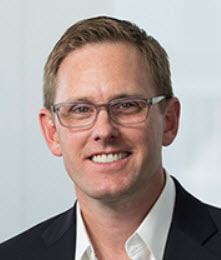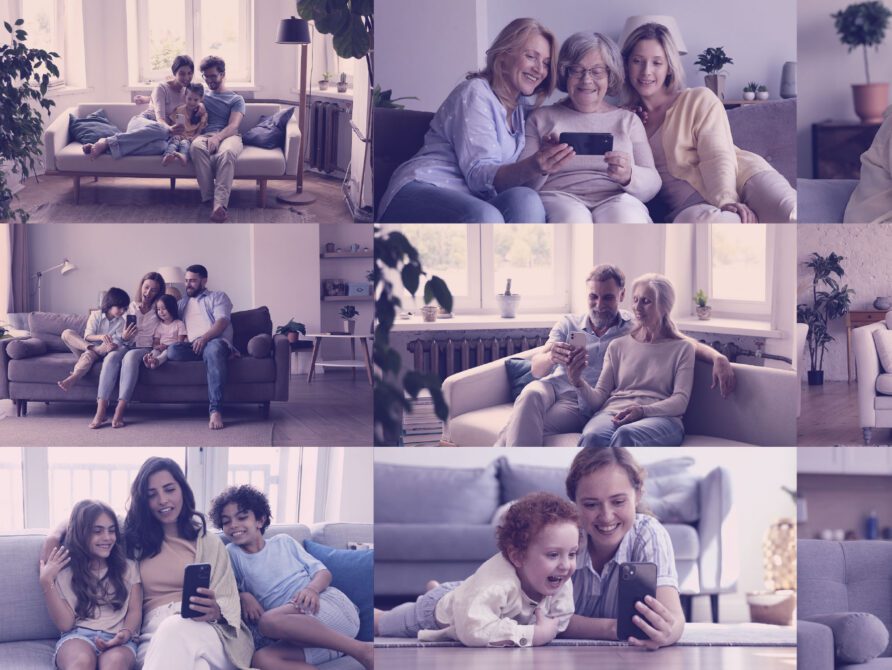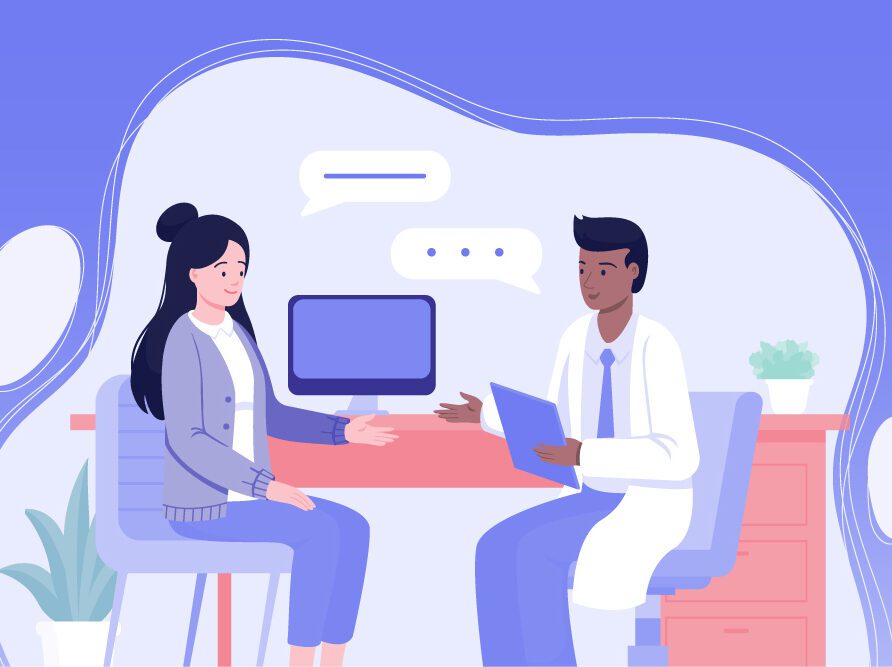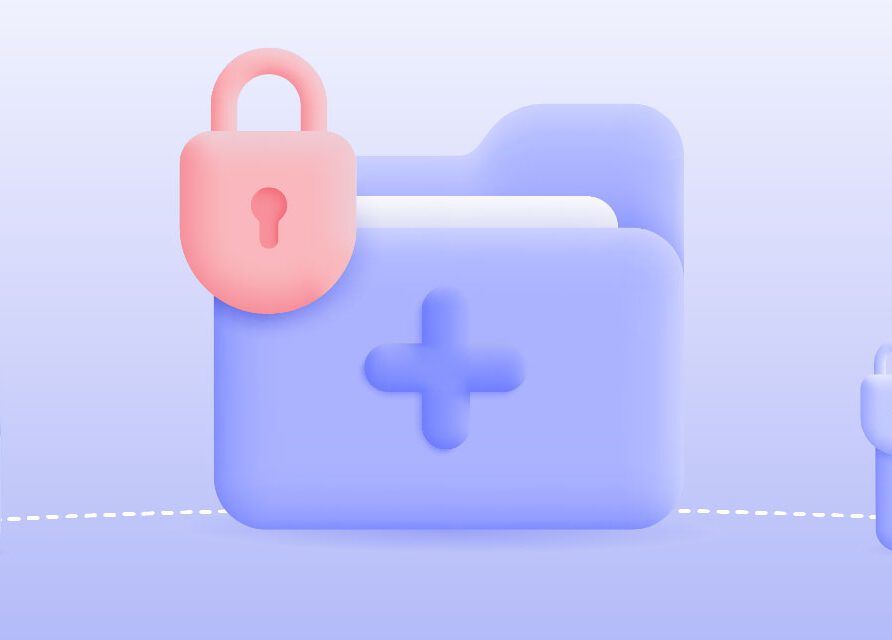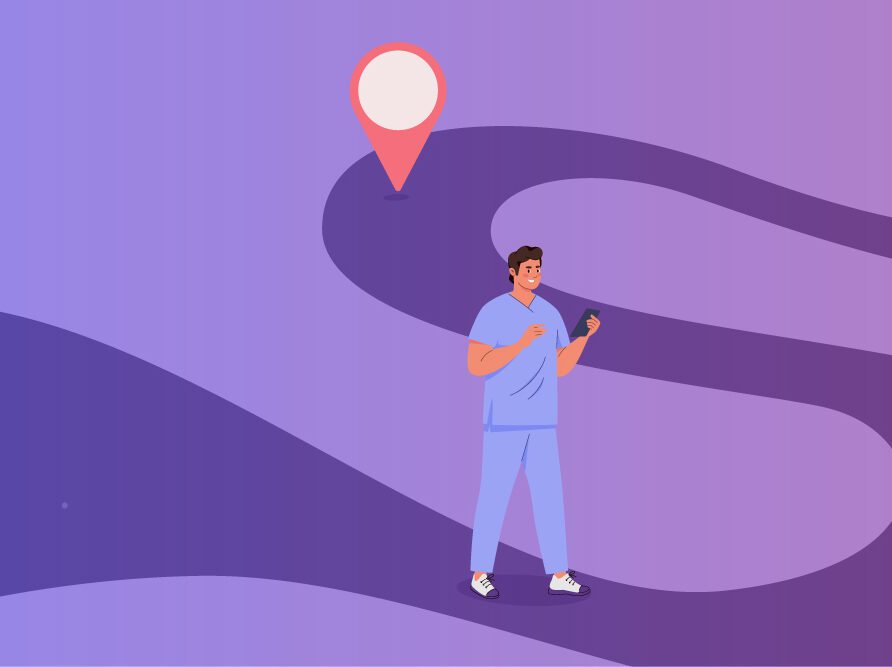Article
Applying the Swiss Cheese Model to protect against the spread of COVID-19
* This content was originally published prior to N. Harris Computer Corporation’s 2022 acquisition of the Allscripts Hospital and Large Physician Practice business segment. Our business is now known as Altera Digital Health.
James Reason, from the University of Manchester, developed the Swiss Cheese Model of Accident Prevention in the 1990s to illustrate how bad outcomes can occur despite measures to control risk. This framework has been used to visualize, analyze and implement safety in many fields, including the airline industry, protection and defense, and healthcare. According to the model, there are “slices of cheese” that serve as layers of defense against accidents and harmful errors. Each layer has holes in it, much like a slice of Swiss cheese, and catastrophes occur when these holes line up, enabling a clear trajectory for the problem to become much worse.
As we continue managing the effects of COVID-19 across our communities (and the world), we can apply the Swiss Cheese Model of Accident Prevention to how we can, personally and collectively, mitigate the pandemic’s spread. Effectively combating these kinds of viruses (and other illnesses) relies on personal and shared responsibilities, each helping prevent the holes in the defense layer from lining up and enabling COVID-19’s reach to expand.
Layered Approach to Pandemic Defense
Dr. Ian McKay, a virologist from the University of Queensland, uses The Swiss Cheese Model to illustrate the importance of using multiple, layered controls to help decrease the spread of a respiratory virus. While handwashing, physical distancing, wearing a mask, improved ventilation, widespread testing, contact tracing, and quarantine and isolation are all incredibly important in fighting COVID-19, no intervention—not even a vaccine—is 100% effective. To overcome these “imperfections” in our pandemic defense, or the gaps in the Swiss cheese, it is essential that we look beyond a cure-all, or “silver bullet”, and use as many safety precautions as practicable to amplify our safety.
Shared Responsibility
In his model, McKay builds upon another patient safety tenet: shared responsibility. There are numerous steps each of us can take individually to help protect ourselves and there are equally important steps we can take to help reduce the risk of spread to our family, friends and communities. While these shared responsibilities can be inconvenient, the alternatives of more drastic measures—work and school disruption, gym and restaurant closures, restrictions on religious and community gatherings—are even more so.
As Dr. Nicholas Christakis wrote in the Wall Street Journal, “No single solution will stop the virus’s spread, but combining different layers of public measures and personal actions can make a big difference.” By embracing simple yet effective interventions and putting them to practice, we can do our parts, individually and as part of our community, in defending against COVID-19 and reducing the impact of the pandemic.
Covid-19 has significantly altered each of our lives. By acknowledging potential weakness in our defense layers and working both individually and as a community to effectively reduce these risks, we can more effective fight COVID-19 and more rapidly and safely reach life after the pandemic.
Stay safe!

